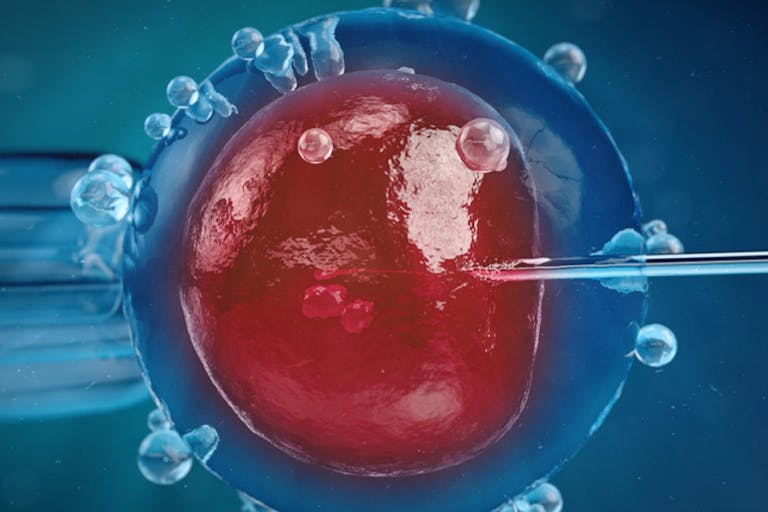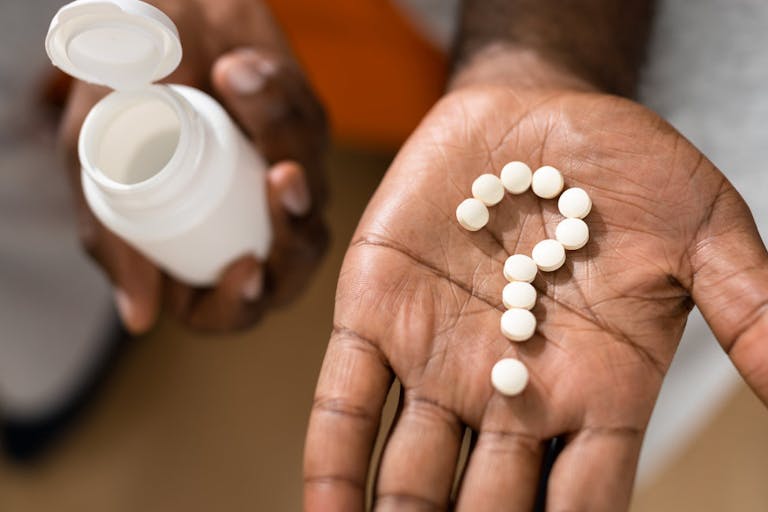
Can IVF ever be ethical? Here are some things to consider.
Nancy Flanders
·
Abortion Pill·By Bridget Sielicki
Clearing misconceptions: Three differences between the abortion pill and ‘Plan B’
With the recent news that the FDA has approved the sale of the abortion pill at pharmacies like CVS and Walgreens, there has been renewed confusion between the abortion pill (also known as chemical abortion) and the emergency contraception known as Plan B.
Sometimes referred to as the “morning after pill,” Plan B One-Step (Plan B) is the brand name for emergency contraception that is intended to prevent a pregnancy from occurring. Other brands that function in the same manner include Take Action, EContra EZ, My Way, Next Choice One Dose, and Preventeza.
Both Plan B and the abortion pill come in pill form and are easily confused with each other, but Plan B and the abortion pill are not the same. Here’s a better look at the differences between the two.
1. They have different functions.
Plan B’s intended purpose is to prevent pregnancy. It is marketed to women who have had unprotected sex and didn’t use birth control, and who fear they may become pregnant. However, it is important to note that though it is designed to prevent a pregnancy from starting, previous studies have stated that Plan B was shown to have the ability to prevent the implantation of newly fertilized human being. The FDA recently allowed a change to the label stating the opposite, despite these studies.
In contrast, the main purpose of the abortion pill is to end a pregnancy. It is only taken after a pregnancy is known/confirmed, and when used effectively, the abortion pill ends the life of the preborn child.
2. They are different drugs that work in different ways.
Article continues below
Dear Reader,
Have you ever wanted to share the miracle of human development with little ones? Live Action is proud to present the "Baby Olivia" board book, which presents the content of Live Action's "Baby Olivia" fetal development video in a fun, new format. It's perfect for helping little minds understand the complex and beautiful process of human development in the womb.
Receive our brand new Baby Olivia board book when you give a one-time gift of $30 or more (or begin a new monthly gift of $15 or more).
Plan B contains the hormone levonorgestrel, which is a synthetic form of the hormone progestin.
Women are directed to take Plan B as soon as possible within 72 hours after sex. Depending on where the woman is in her cycle, levonorgestrel can prevent ovulation by stopping the egg’s release from the ovary. It can also inhibit the sperm from reaching the egg. Despite the drug’s label change, questions remain about the long-reported potential secondary action of the drug to prevent implantation of the embryo in the uterus. If the preborn baby is implanted in the womb before the mother takes Plan B, the pregnancy will not be affected and will continue.
The abortion pill consists of two drugs: mifepristone (once known as RU-486) and misoprostol. The abortion pill is a two-step process that kills the child in the womb and causes the mother to expel the dead child. The abortion pill is approved for use in the first 10 weeks of pregnancy. First, the woman takes mifepristone, which blocks progesterone. Because progesterone helps nourish and sustain the growing baby, this starves the child of nutrients. Typically 24-48 hours later, the mother takes misoprostol, which induces contractions so that she delivers the baby.

3. The mechanism of the abortion pill regimen may possibly be ‘reversed’.
Because it functions differently than Plan B, it may be possible to outcompete the effects of the abortion pill. If a woman takes mifepristone but has not yet taken misoprostol and regrets her abortion decision, she can contact the Abortion Pill Rescue Network (APRN) for help. APRN will connect her with a doctor in her area who will attempt to counter the effects of mifepristone by administering progesterone, a natural hormone long used to prevent miscarriages. Heartbeat International claims that abortion pill reversal is effective up to 68% of the time and that to date, at least 4,000 lives have been saved through the administration of the abortion pill reversal protocol.
Editor’s Note, 7/15/24: This article has been updated for clarification.
Live Action News is pro-life news and commentary from a pro-life perspective.
Contact editor@liveaction.org for questions, corrections, or if you are seeking permission to reprint any Live Action News content.
Guest Articles: To submit a guest article to Live Action News, email editor@liveaction.org with an attached Word document of 800-1000 words. Please also attach any photos relevant to your submission if applicable. If your submission is accepted for publication, you will be notified within three weeks. Guest articles are not compensated (see our Open License Agreement). Thank you for your interest in Live Action News!

Nancy Flanders
·
Abortion Pill
Bridget Sielicki
·
Abortion Pill
Bridget Sielicki
·
Abortion Pill
Nancy Flanders
·
Abortion Pill
Carole Novielli
·
Abortion Pill
Isabella Childs
·
Abortion Pill
Bridget Sielicki
·
Abortion Pill
Bridget Sielicki
·
International
Bridget Sielicki
·
Human Interest
Bridget Sielicki
·
Human Interest
Bridget Sielicki
·